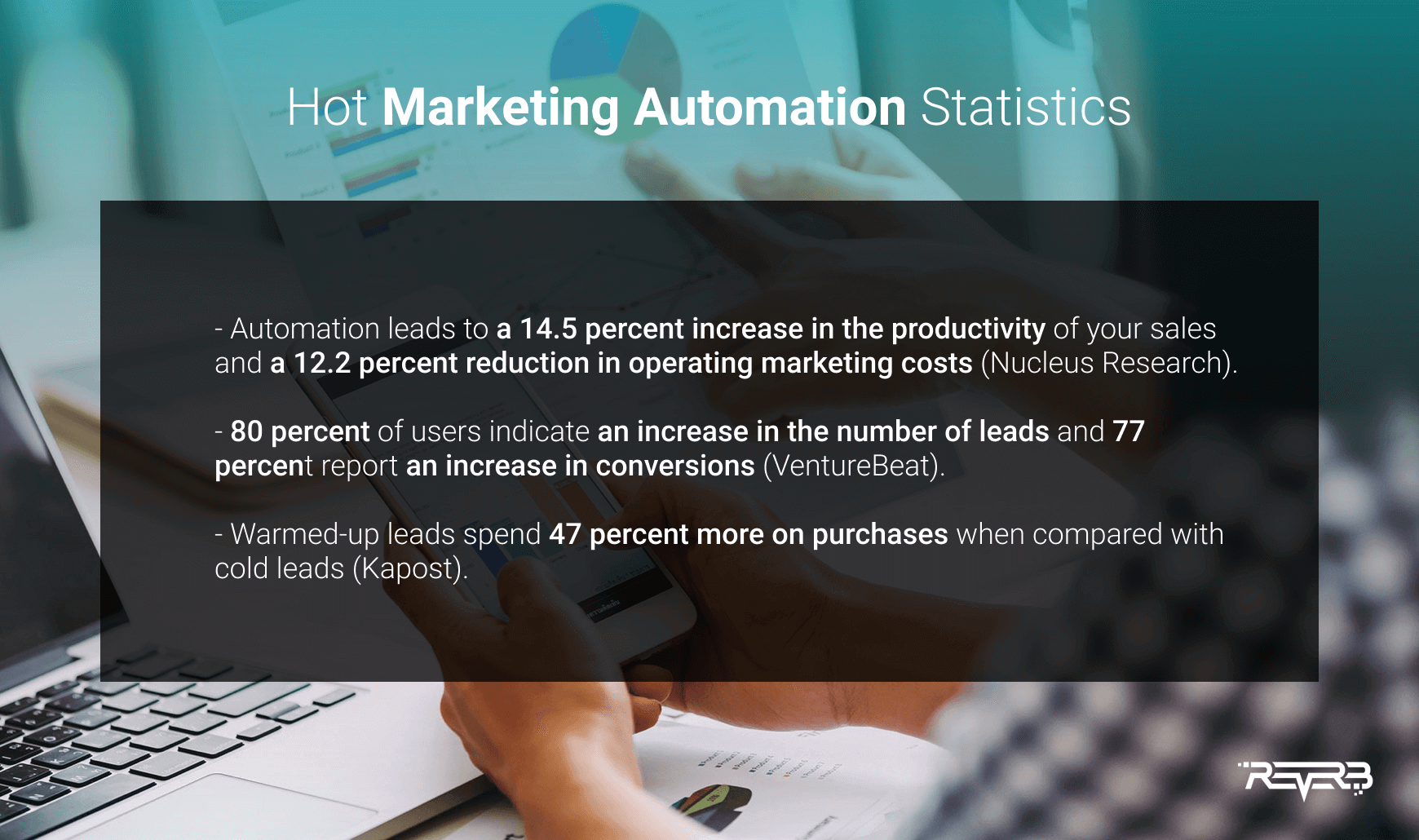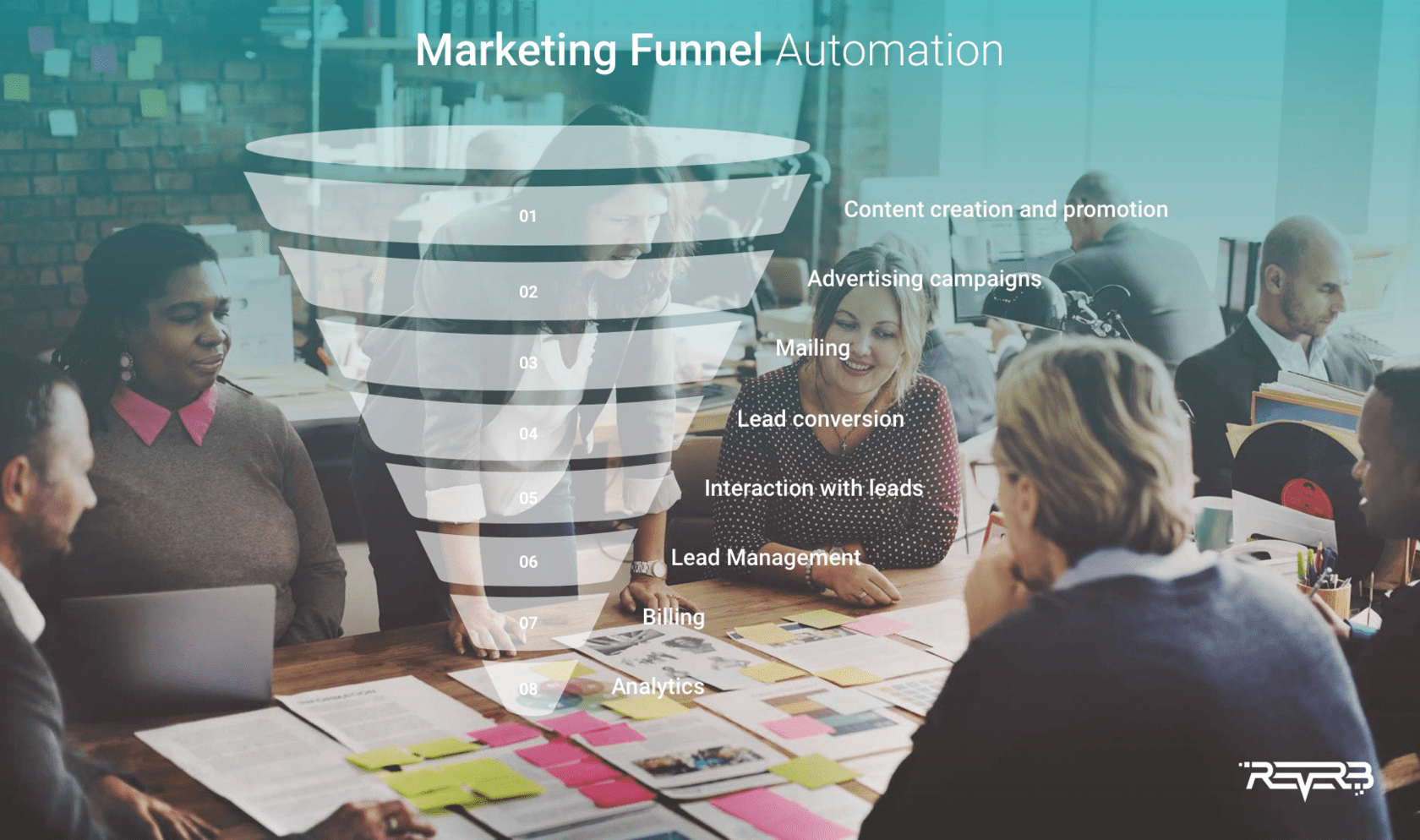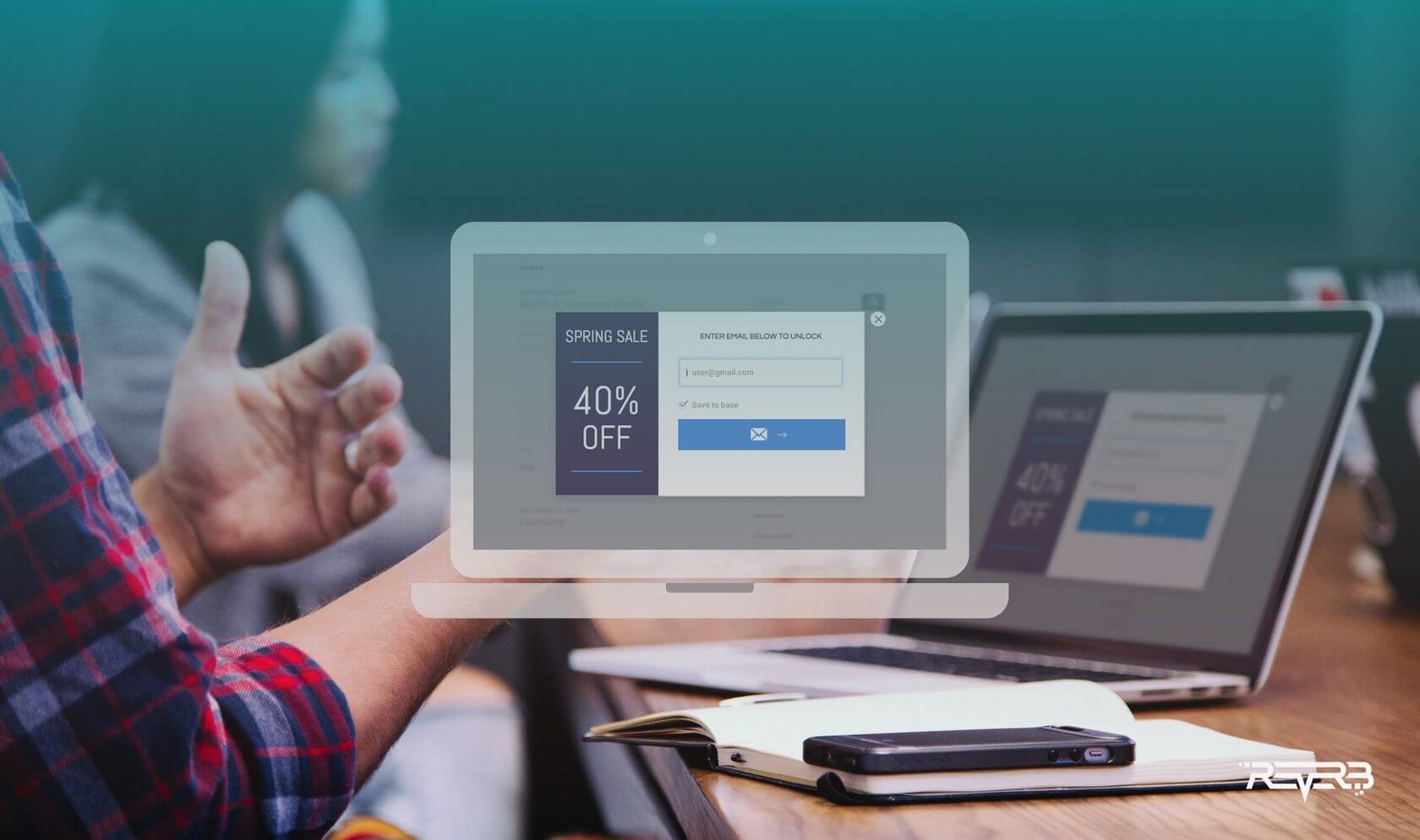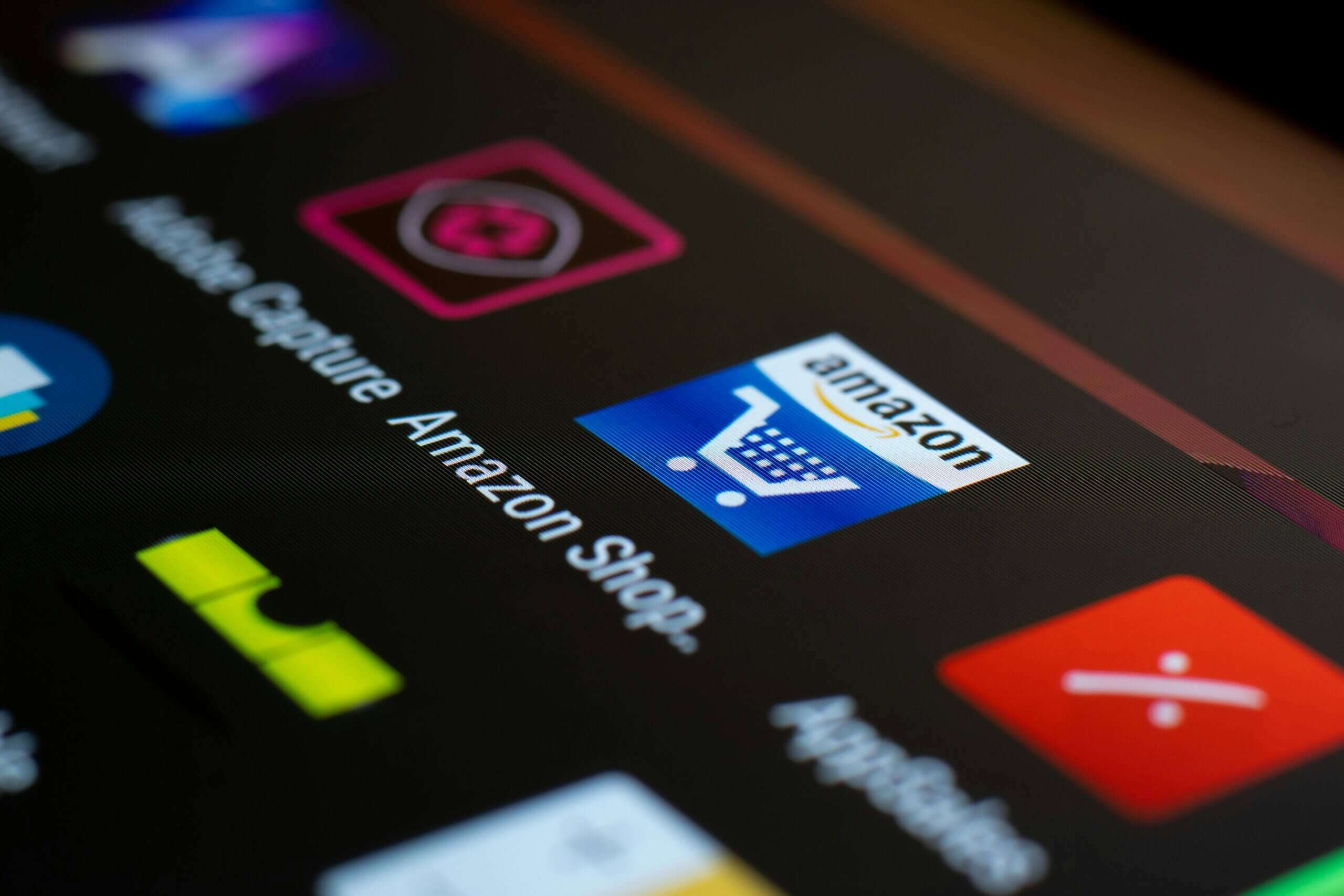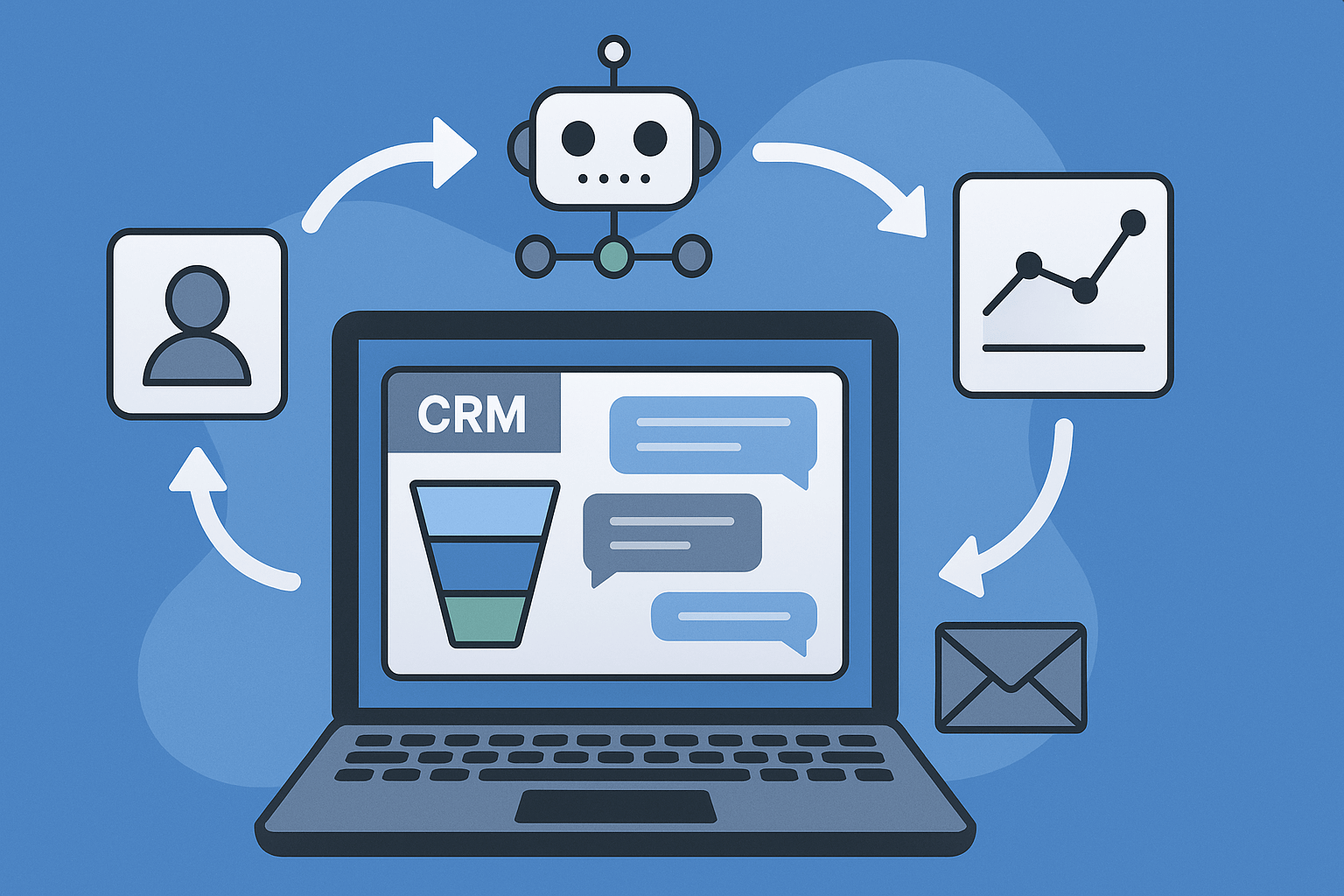In case you still don’t have a clear understanding of marketing automation, let’s dig deeper. We’ve just discussed a common situation when workers manually process every new request at every stage of a marketing funnel. They compose and send personal letters, add users to the CRM system, set notifications to follow up a call with an email, and so on.
You’re using a mailing service that automatically sends consecutive emails, and what’s more, they’re based on triggers. Or you can tell me that your customer relationship management system stores the history of all communications with clients, including calls, messages, project notes, and further actions.
Unfortunately, chaotic emails, calls, SMS, or chatbots don’t relate to the topic of this article even if they’re automated. It’s a widespread misconception to consider automated mailing (series of letters) and managing deals in CRM as marketing automation. Actually, this is simple automation of individual business processes.
To see the difference, let’s return to our initial question: How does marketing automation work? First of all, unity and integrity are the foundation of marketing automation. You automate the routine processes with the help of a single software that analyzes the actions of your customers and makes personal proposals based on the data obtained. The key definition is single software. You need only one tool that combines all the features mentioned above in one place to ensure complete marketing funnel automation and optimize your agency sales process. In this particular situation, purchase-to-pay automation can be a great option.
Take a look at such solutions as HubSpot, Platform.ly, ActiveCampaign, Ontraport, SendinBlue, MailChimp, Pardot, AutoPilot, and Drip, which automate and connect all marketing data and optimize customer journeys across all touchpoints.




